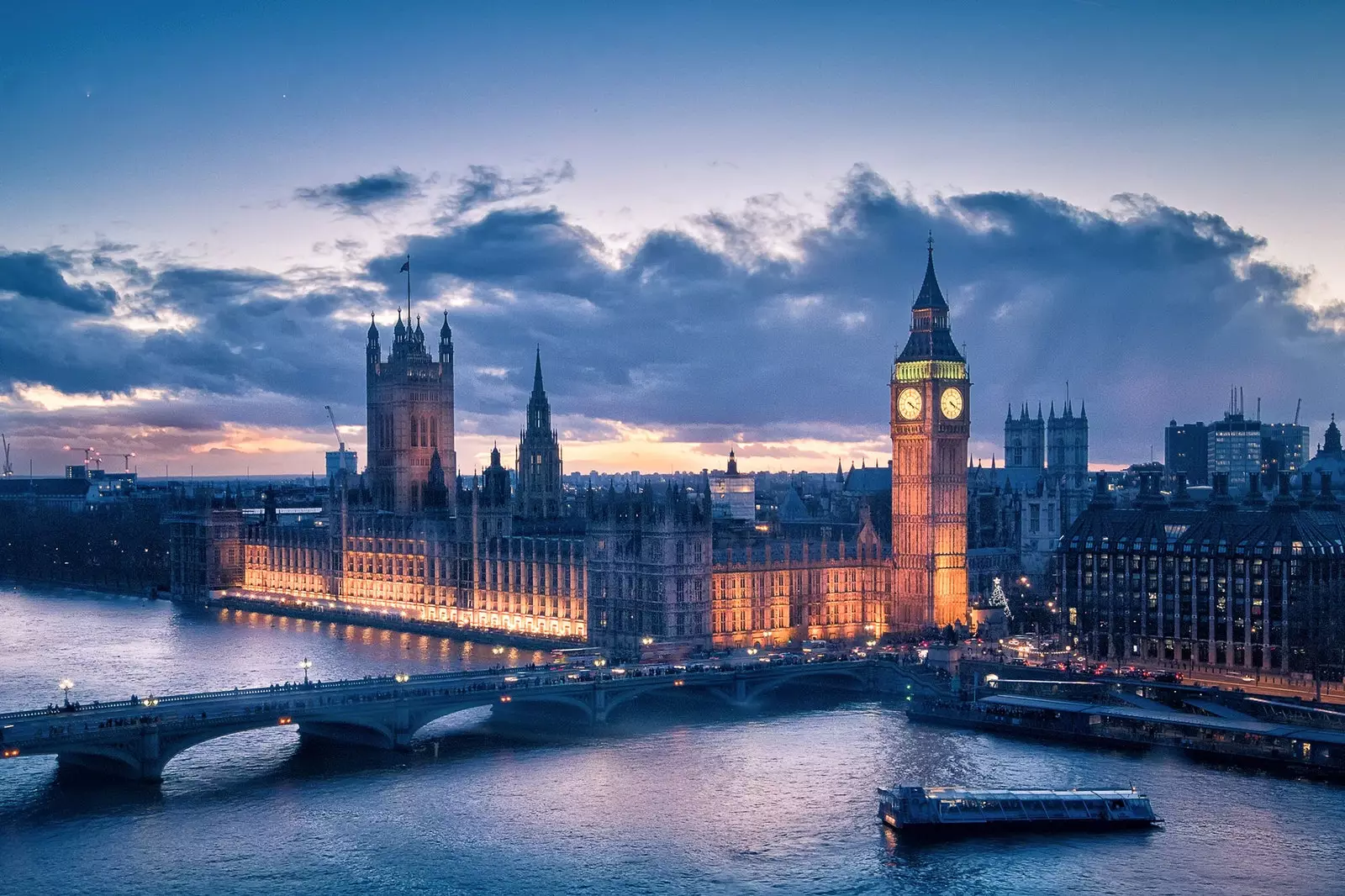
The guide to discover the secrets of the Palace of Westminster
It is one of the most famous buildings in London but few know that a Prime Minister was assassinated inside, it has a nursery and a gym and one of its architects designed the iconic red phone booths.
The surroundings of Palace of Westminster they are always packed with tourists who join the black taxis and red double-decker buses that cross Westminster Bridge.
We are in the heart of London and in front of one of the buildings that it has survived two fires, 14 bombings and a plot to blow it up.
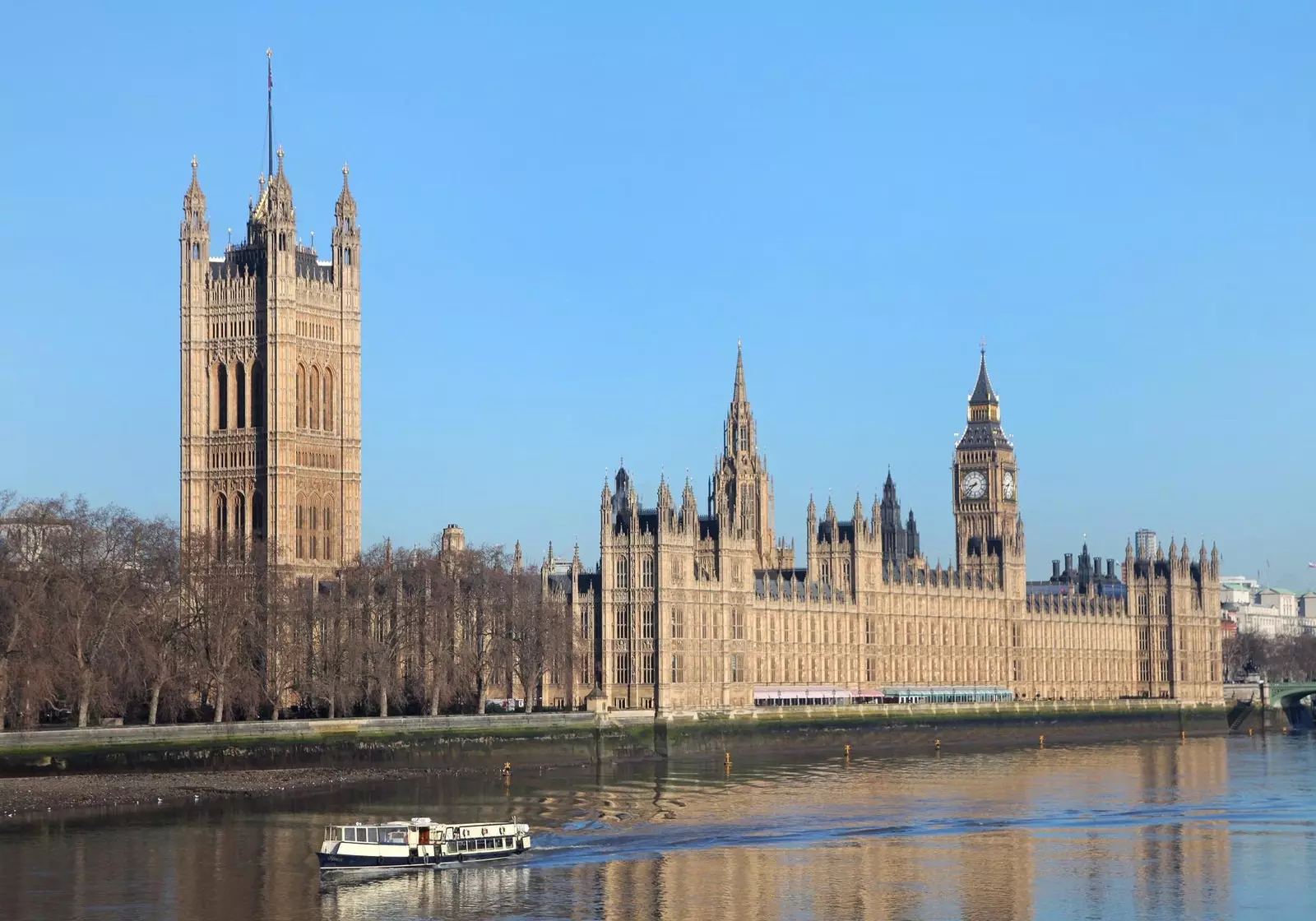
The Palace of Westminster holds more secrets than you think
A SMALL TOWN WITHIN LONDON
Curious groups of schoolchildren tour the facilities, while several deputies raffle them to go to their offices. Every year more than **a million people visit the Palace of Westminster,** with its three kilometers of corridors, more than 1,000 rooms and in which more than 8,000 people work.
"It is like a small city", explains Joanna Freeman of the Visitor Center. "We have a gym, nursery, more than 20 restaurants and bars, two post offices and ATMs”, she adds.
It is called the Palace of Westminster because it started out as the home of monarchs but after a fire in 1552, the king moved and It became the seat of the British Parliament.
Something that not many people know is that one can enter any day and browse some of the rooms that are open to the public no need to take a tour.
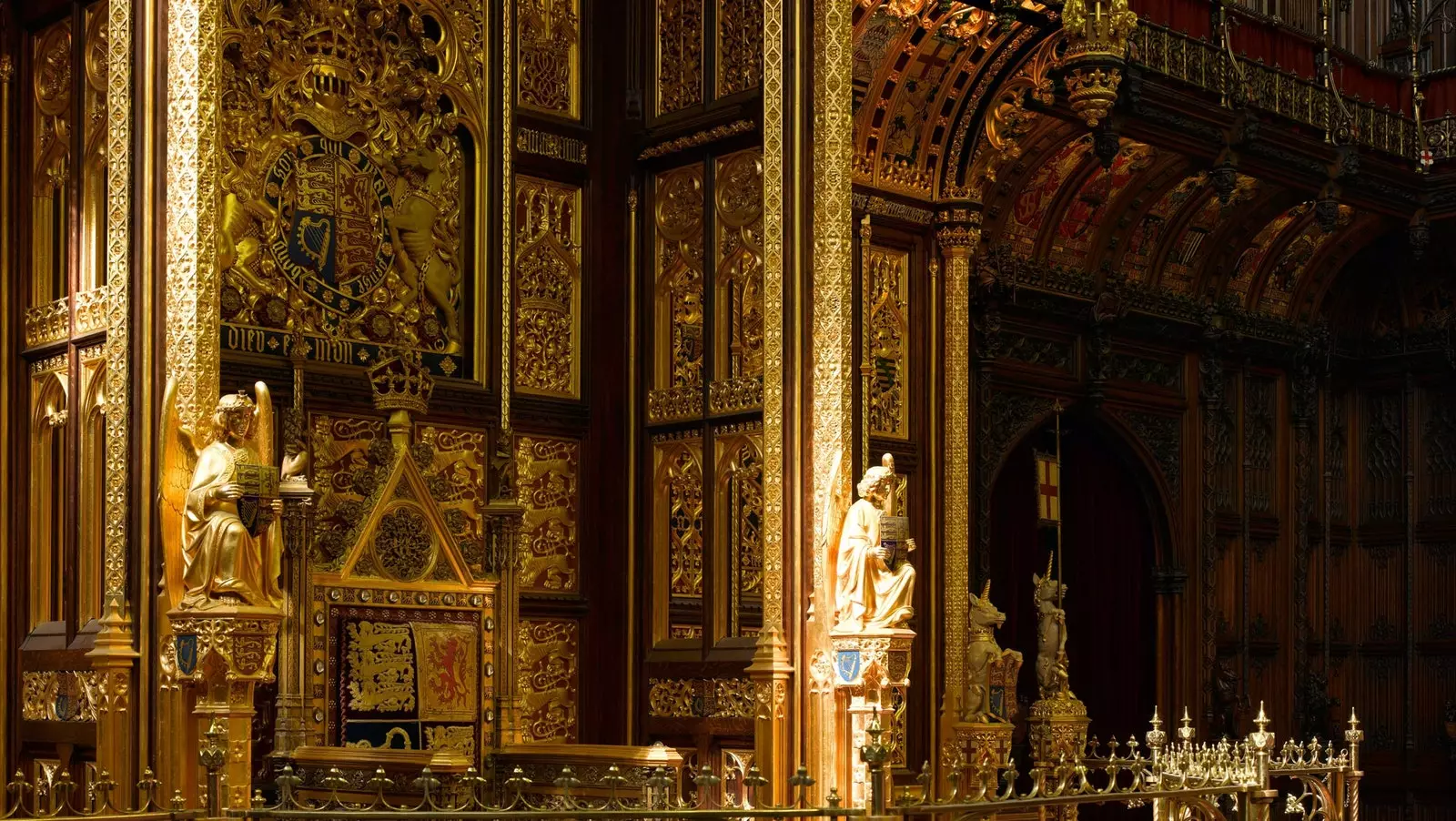
Sovereign's Throne, in the House of Lords
One of these places is westminster hall where the tourist begins his visit. It is the oldest section of the building and retains its original 14th-century wooden ceiling with 20 angels. If you sharpen your eyes, you will be able to see their faces carved with models of the people of the time.
Within its walls, important chapters of the country's history have been written. Here King Charles I was tried and found guilty of starting a war against Parliament and the people by entering the House of Commons with a group of soldiers to arrest five MPs who were his political enemies.
The king was sentenced to death and since then no monarch has re-entered the House of Commons.
Also held here Guy Fawkes trial whose face became the well-known mask of the film V for Vendetta, and other Catholics who tried to blow up Parliament with gunpowder and spark a revolution against the Protestants on November 5, 1605.
To remember the failure of this plot, every year on this date the cellars of the Palace are searched.
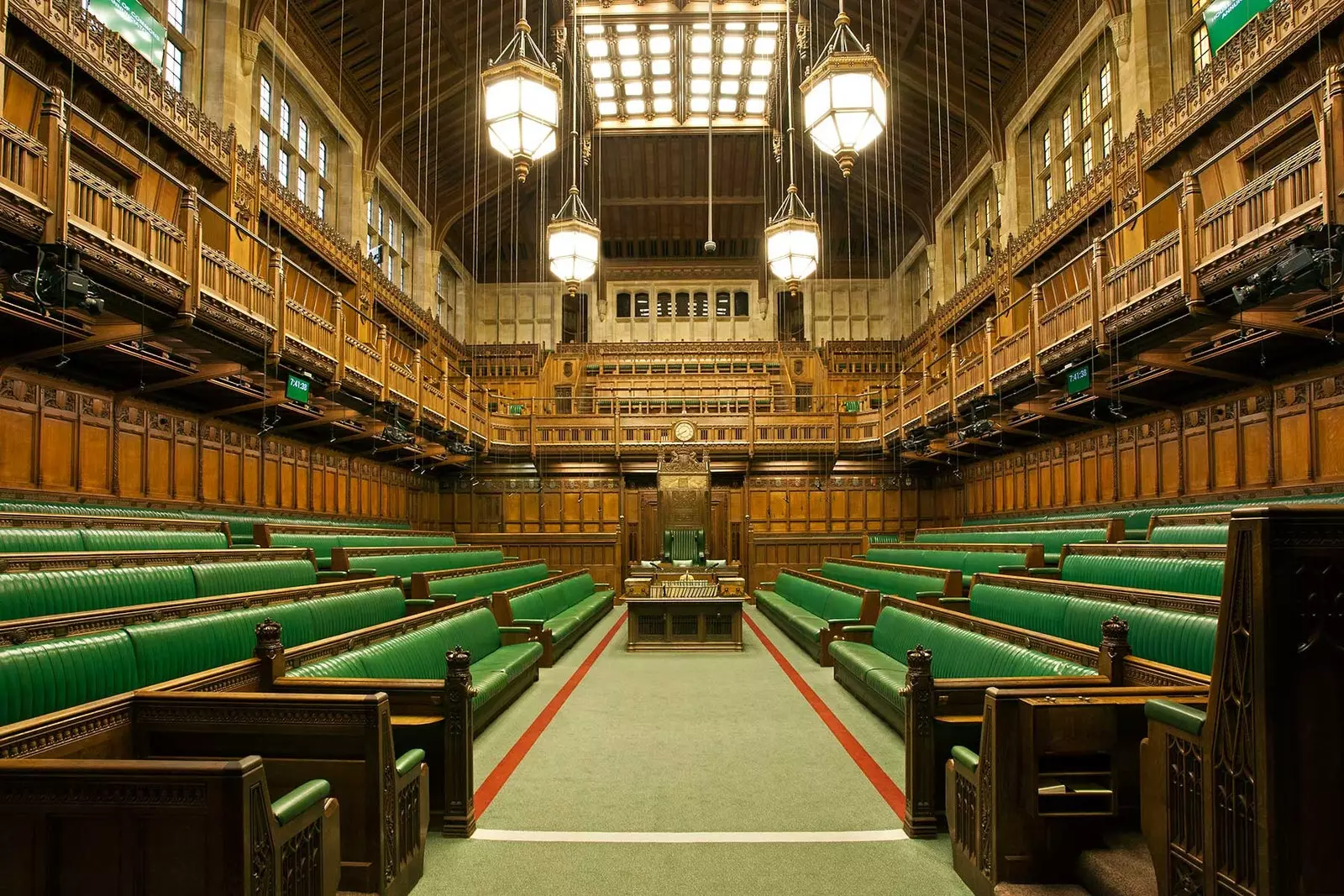
House of Commons
THE BARS OF THE SUFFRAGISTS
Crossing Westminster Hall and St. Stephen's Hall, we come to the Center Lobby, what is the use of union between the House of Commons and Lords.
Here you will find one of the post offices, open to the public, and an ATM. Opposite, they usually do their direct BBC journalists covering parliamentary activity.
One can pass by here and not notice an important detail: the bars that cover the windows. Before 1918, women could only watch sessions in the House of Commons from a gallery separate from the men's upstairs.
This place was called the Ladies Gallery and it was covered with bars so that the deputies could not see them. In 1908, a woman chained herself to one of the bars as a protest measure. Nine years later, they were removed and placed in the lobby windows as a symbol of the fight for women's suffrage in the UK.
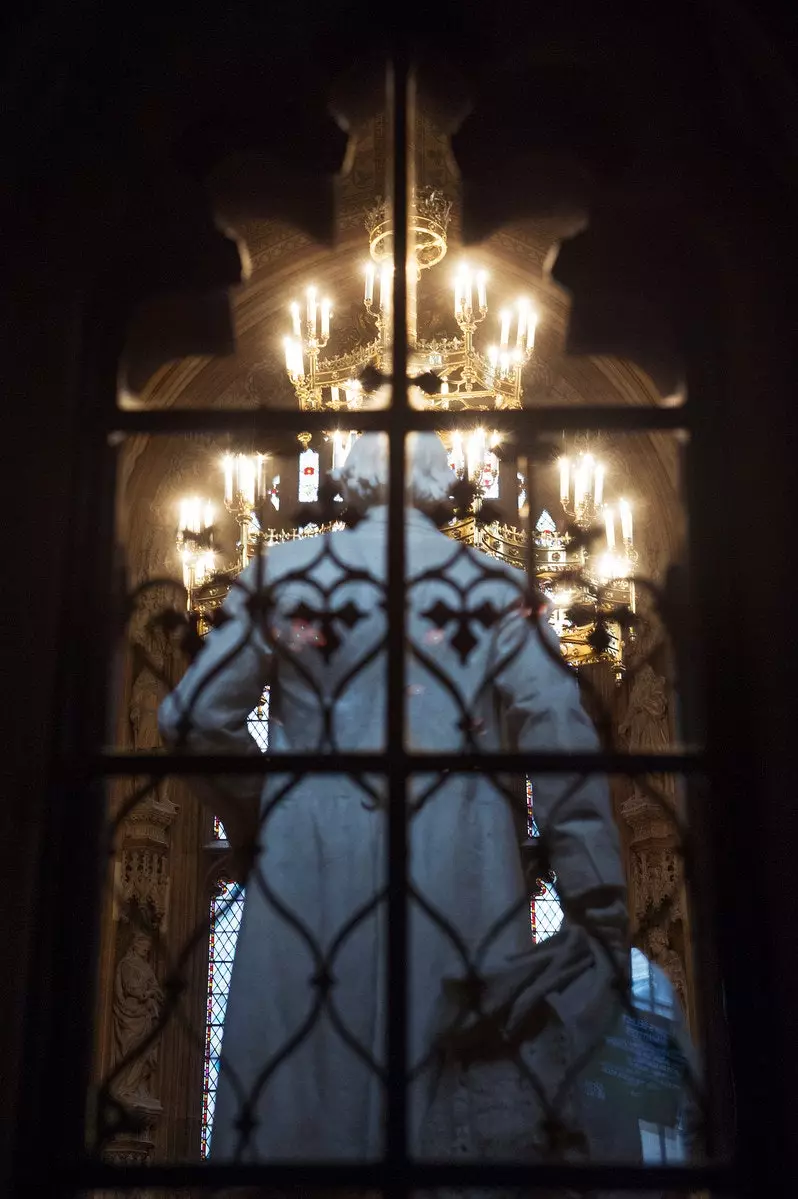
The bars of the Galeria de las Damas were removed after a protest and placed on the windows of the lobby
THE JEWELS OF THE CROWN
We leave the Central Lobby behind, to enter the House of Lords, one of the most luxurious rooms of the Palace and where you already need to be part of an organized tour.
At the bottom is a throne of mahogany wood and gold, where only the queen sits, and on the sides are the rows of red benches for parliamentarians.
In the center of the room you will see a table and if you get closer, you will be able to see the marks Winston Churchill made with his ring while giving his impassioned speeches during World War II.
The House of Commons, where heated debates over brexit have taken pride, it is governed by a simpler design and decoration, following the conditions of austerity that were imposed during the postwar period.
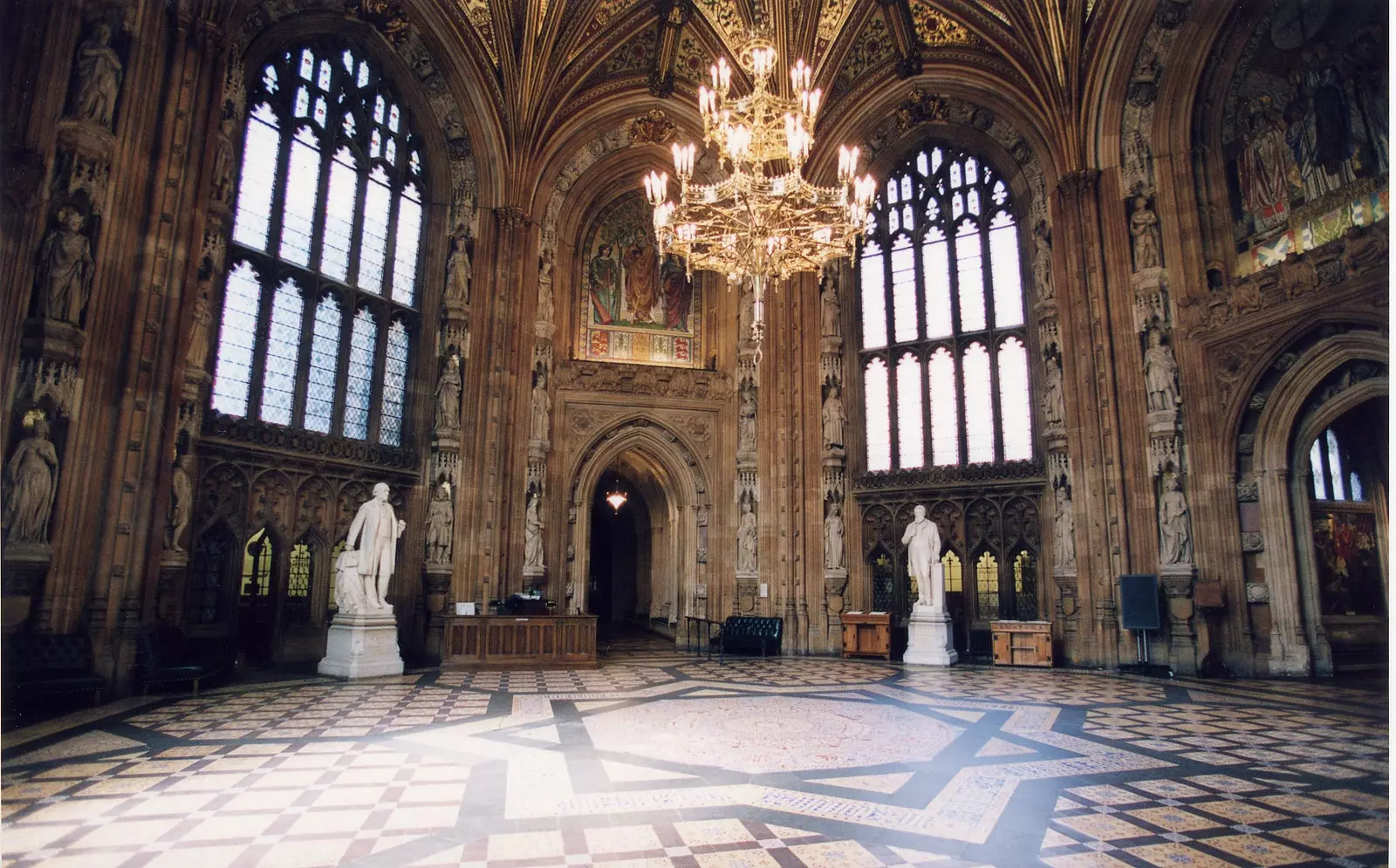
The Central Lobby serves as a link between the House of Commons and Lords
The entrance is flanked by an arch that preserves the red spots of the flames that caused the bombardment of May 1941. On one side stands a statue of Winston Churchill.
Freeman explains that "The sculpture reflects exactly the gesture made by the Prime Minister when he saw how the Parliament had been after the bombing." He is one of the favorite figures of politicians who used to touch his feet, he was banned because he had started to deteriorate, for good luck.
Once inside the room, they attract attention some red lines on the carpet that delimits the first row of benches. They are known as the 'sword lines' and legend has it that it was to keep the deputies of both sides separated by the length of two swords so that there would be no fighting.
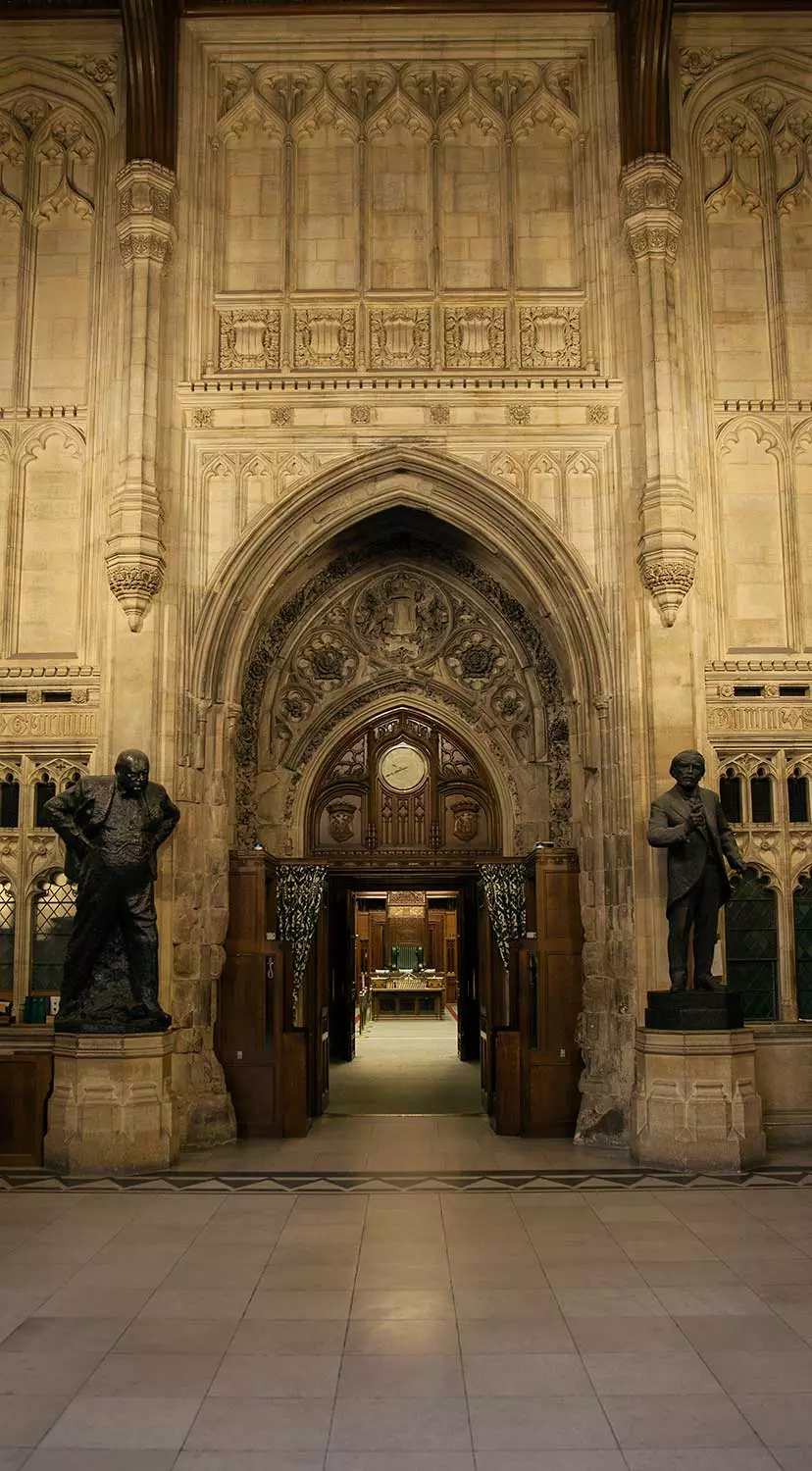
The entrance to the House of Commons with the statue of Churchill
HIDDEN IN THE BATHROOMS
The sessions of the deputies are open to the public and there is a designated space in the upper part with benches for citizens who want to see them. You will have to leave all your belongings, bag and mobile, in a cloakroom and places are limited.
They are usually filled with important debates such as Brexit and which are not missing any parliamentarian. Many of them have to follow the debates on their feet because there are 650 deputies but only 437 seats.
In this way you will be able to witness a very old tradition such as voting on motions. The Chamber does not have an electronic voting system and the speaker calls the division of the House.
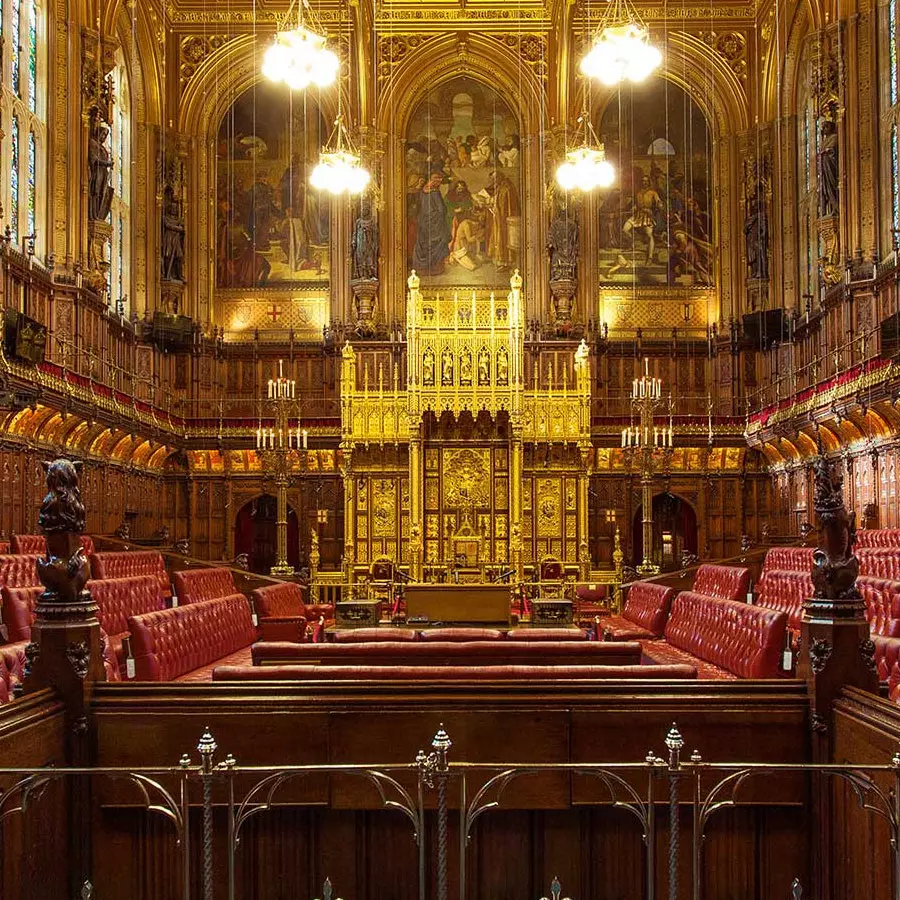
The House of Lords, one of the most luxurious rooms
The deputies leave for go to the foyer for or the foyer against. They enter through one door and leave through another giving their name, and thus the votes are counted.
Freeman notes that "there has been times when Members have been in the wrong lobby and to prevent your vote from counting (you can't change lobbies once you've entered) They have hidden in the bathrooms that are in the room.”
There was attempts to modernize this system. As a pilot project, they gave iPads to the deputies, but when it was time for the votes, they got up and went with the tablets to the lobbies.
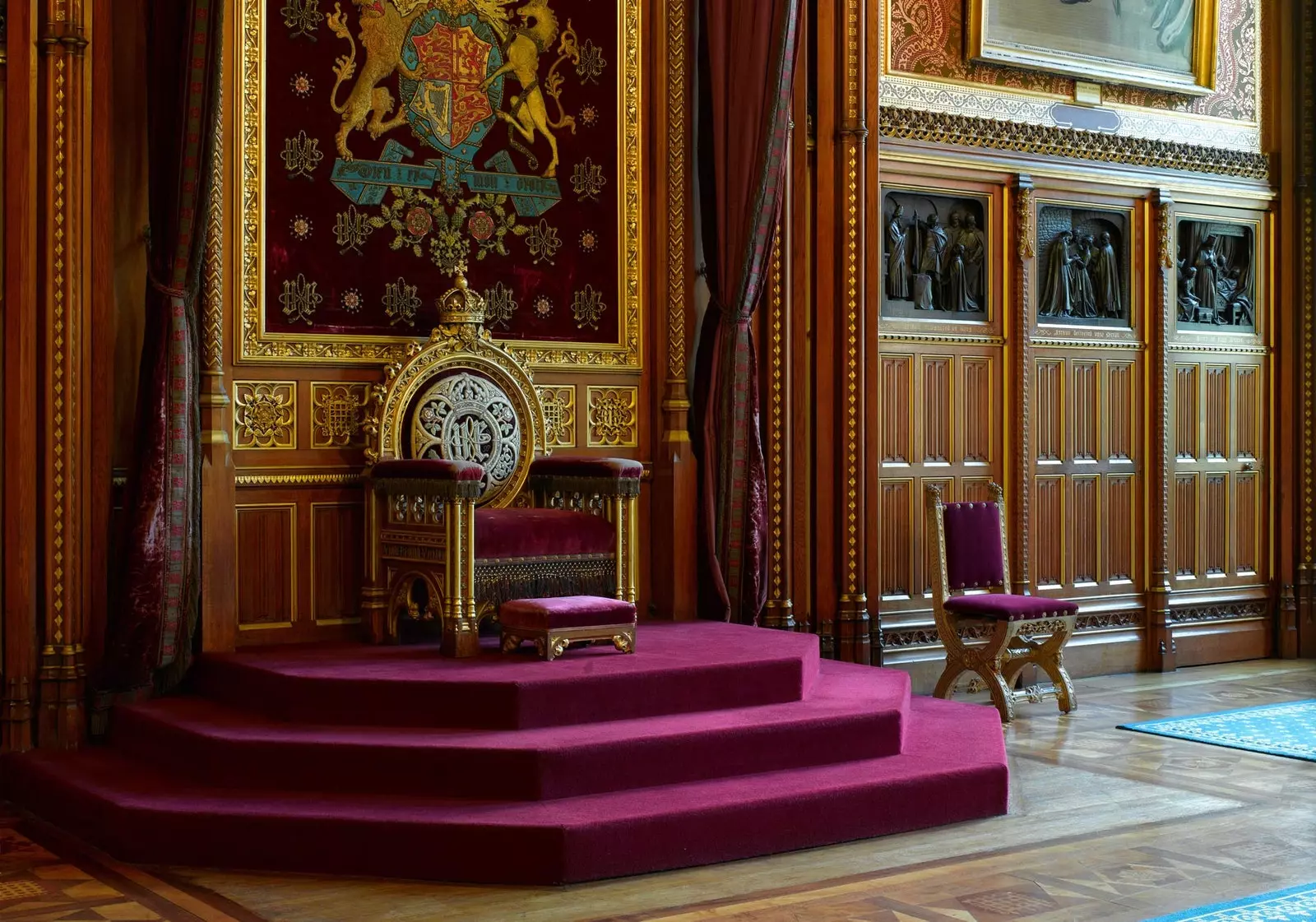
The Queen's Robing Room where the Queen prepares to enter the House of Lords
THE BELLS OF THE PUBS
Every time a motion is voted A bell rings throughout Parliament. From that moment, the deputies have eight minutes to vote.
Freeman comments that "That's how long it takes to get from 10 Downing Street (house of the Prime Minister) to Parliament”.
There are also bells that ring in some of the surrounding pubs, such as the one at St. Stephen's Tavern, where there is often a mix of locals and tourists sipping a pint, sitting on green sofas reminiscent of those in the House of Commons.
The views are privileged through its windows you can see Big Ben with the River Thames in the background and a continuous procession of tourists with their cameras and phones ready to take a picture of the Palace of Westminster.
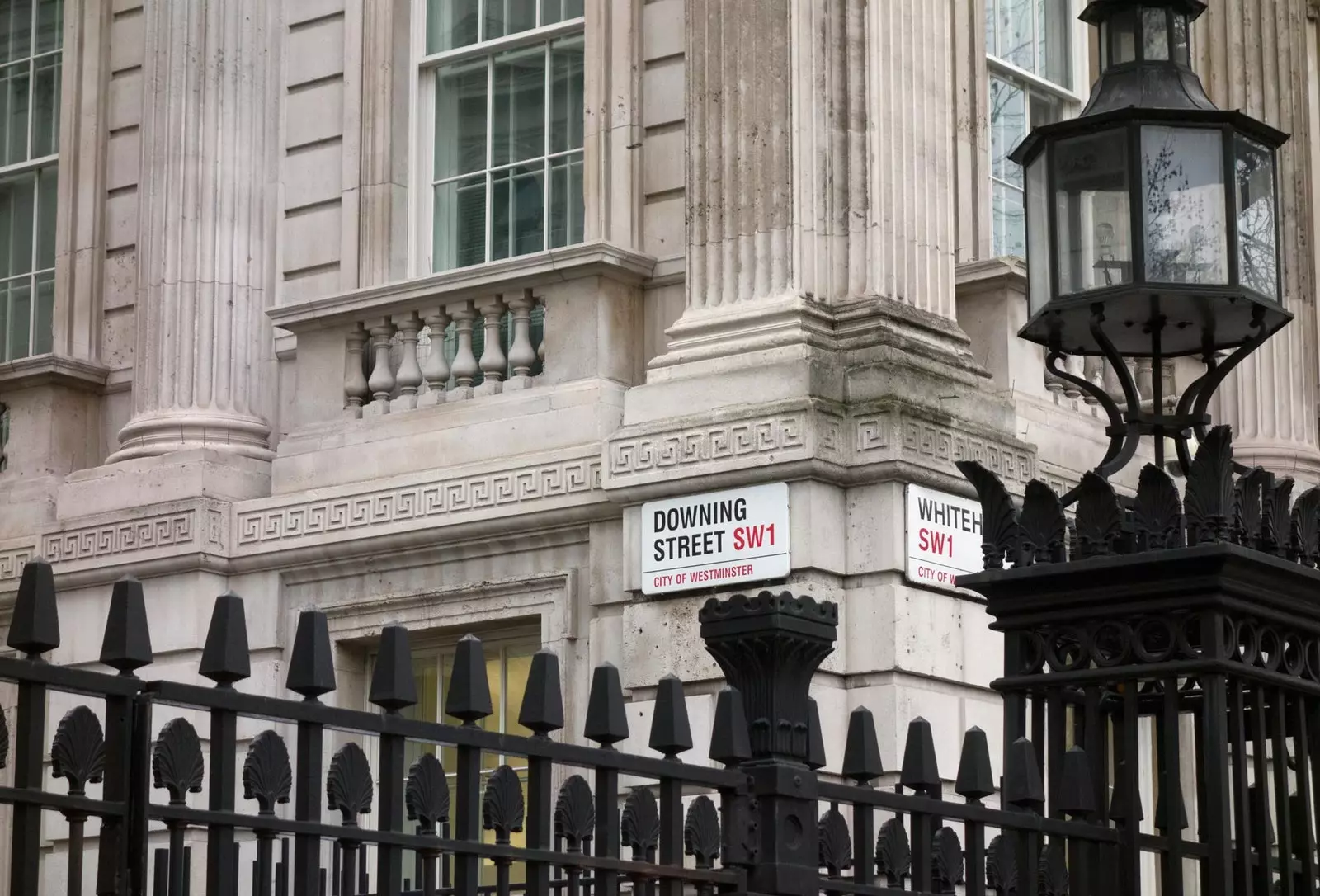
10 Downing Street, the House of the British Prime Minister
